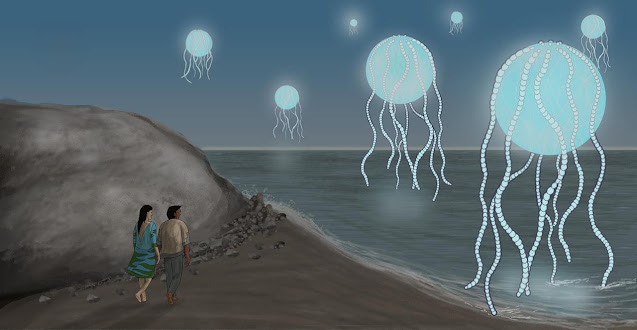From Atoms to Animals (Part 3) - Self Replication
We are still a long way from turtles, peacocks and opera singers. Macromolecules are wonderfully intricate but they are still just lifeless chemicals. The difference between inorganic and biological chemistry is reproduction. Life makes more of itself.
The ‘RNA world’ is a popular hypothesis which describes how early first self-replication came about. In this scenario the ‘primordial soup’ of our young planet contained free-floating nucleotides. These nucleotides regularly formed bonds with one another, which often broke because the change in energy was so low. However, certain sequences of base pairs have catalytic properties that lower the energy of their chain being created, enabling them to stay together for longer periods of time. As each chain grew longer, it attracted more matching nucleotides faster, causing chains to now form faster than they were breaking down.
From this snowball effect, there eventually arose ribonucleic acid (RNA), a macromolecule that can self-replicate and can code genetic information. Different sets of RNA strands would have different replication outputs, the more successful ones eventually becoming more numerous than the less successful ones; an early example of natural selection. One type of RNA, ribozymes, can act as a catalyst for their own production and experiment has shown that this can occur within one hour.
RNA is formed from a single strand of nucleotides and the simplest life-form on Earth – viroids (sub-viral agents) - are composed entirely of RNA. These are believed to be relics of the RNA world that persist into the present day. Similar but more complex agents are RNA viruses (having a protective protein coating). One very common RNA virus is the common cold.
From this picture of ever-increasing complexity, it seems that single-stranded RNA at some point developed into double-stranded deoxyribonucleic acid (DNA), the molecule that encodes the genetic information for every form of life on Earth, from DNA-based viruses upward.


Comments
Post a Comment